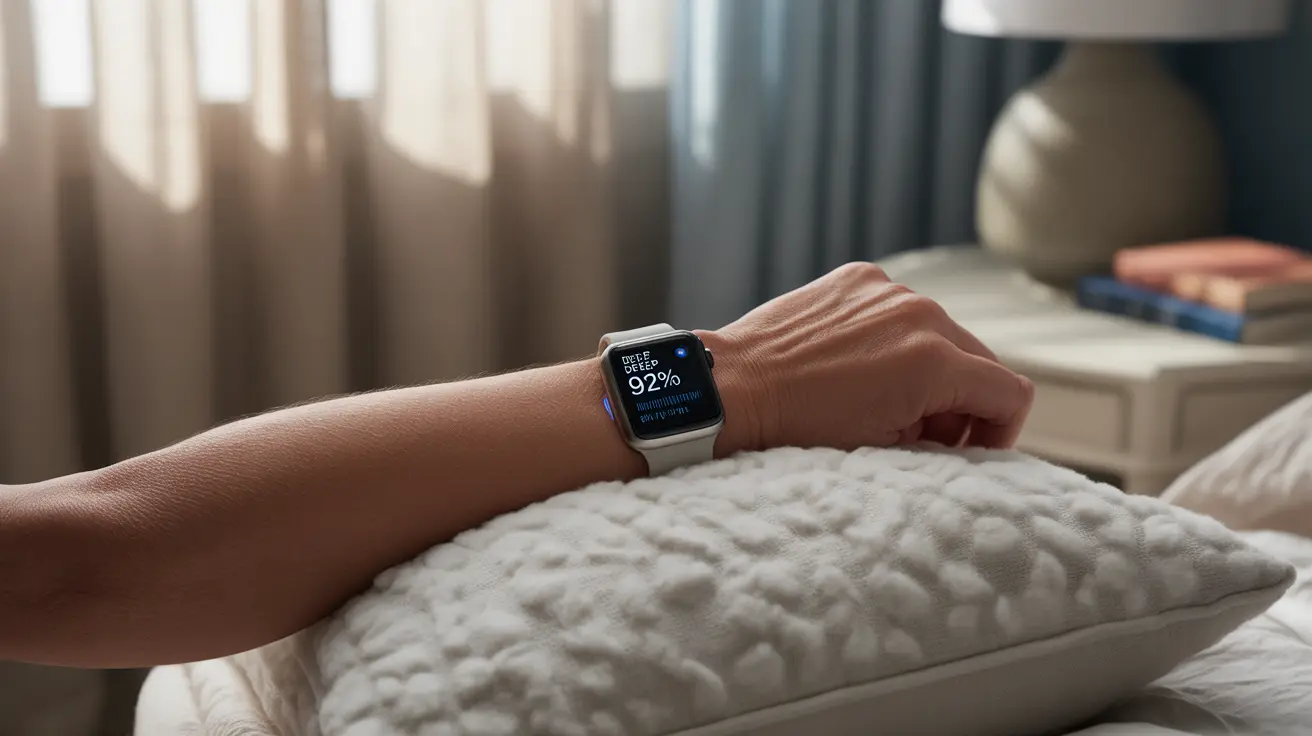For individuals concerned about sleep apnea, the Apple Watch has emerged as a promising tool for monitoring potential signs of this serious sleep disorder. Recent developments in Apple Watch technology now allow users to track various sleep metrics that may indicate sleep apnea, providing an accessible way to monitor their sleep health from home.
Understanding how the Apple Watch detects sleep apnea symptoms and its capabilities can help users make informed decisions about their health monitoring needs. Let's explore the features, accuracy, and practical applications of sleep apnea detection on Apple Watch.
How Apple Watch Monitors Sleep Apnea
The Apple Watch uses a combination of advanced sensors and algorithms to detect potential signs of sleep apnea. The device monitors several key indicators during sleep:
- Blood oxygen levels through the built-in pulse oximeter
- Heart rate variability
- Breathing rate patterns
- Sleep disruptions and movement
These measurements work together to identify patterns that may suggest sleep apnea episodes, such as periodic drops in blood oxygen levels or irregular breathing patterns during sleep.
Compatible Apple Watch Models and Setup Requirements
Not all Apple Watch models offer sleep apnea monitoring capabilities. To access these features, users need:
- Apple Watch Series 8 or later
- watchOS 10 or newer
- iPhone with the latest iOS version
- Sleep tracking enabled in the Health app
Users must wear their Apple Watch consistently during sleep and ensure proper fit for accurate readings. The device should be snug but comfortable on the wrist to maintain constant contact with the skin.
Accuracy and Reliability of Detection
The Apple Watch's sleep apnea detection capabilities have shown promising results in identifying moderate to severe cases. However, it's important to understand that the device serves as a screening tool rather than a diagnostic device:
- Studies indicate good correlation with clinical sleep studies for severe cases
- Detection accuracy improves with consistent nightly wear
- Results may vary based on individual factors and wearing conditions
Responding to Sleep Apnea Notifications
If your Apple Watch alerts you to potential sleep apnea signs, taking appropriate action is crucial:
- Review the collected data in the Health app
- Document any symptoms you've noticed
- Consult with a healthcare provider
- Consider a formal sleep study if recommended
- Continue monitoring trends over time
Detection Limitations and Considerations
Understanding the limitations of Apple Watch sleep apnea detection helps set realistic expectations:
- May be less reliable for mild cases
- Requires consistent proper wear
- Should not replace professional medical evaluation
- Best used as an initial screening tool
Frequently Asked Questions
How does the Apple Watch detect signs of sleep apnea while I sleep?
The Apple Watch uses its built-in sensors to monitor blood oxygen levels, heart rate variability, breathing patterns, and movement during sleep. These measurements are analyzed to identify potential sleep apnea episodes, particularly when they show periodic drops in oxygen levels or disrupted breathing patterns.
Which Apple Watch models can monitor sleep apnea and what do I need to set it up?
Sleep apnea monitoring is available on Apple Watch Series 8 and newer models. You'll need the latest watchOS version, an updated iPhone with the latest iOS, and sleep tracking enabled in the Health app. The watch must be worn properly during sleep for accurate monitoring.
How accurate is the Apple Watch in detecting moderate to severe sleep apnea?
The Apple Watch has shown good accuracy in detecting moderate to severe sleep apnea cases, particularly when used consistently. However, it's designed as a screening tool rather than a diagnostic device, and results should be verified through professional medical evaluation.
What should I do if my Apple Watch notifies me about possible sleep apnea?
If you receive a sleep apnea notification, document your symptoms, review the collected data in your Health app, and schedule an appointment with your healthcare provider. They may recommend a formal sleep study for proper diagnosis.
Can the Apple Watch detect mild sleep apnea or is it only for severe cases?
While the Apple Watch is more reliable in detecting moderate to severe cases of sleep apnea, it may have limitations in identifying mild cases. The device is most effective as an initial screening tool, but all concerns should be validated through professional medical assessment.




